Summary
- Plants are ideal for low-level encounters due to their ease but offer limited variety.
- Beasts are also good for low-level battles, but typical creatures can become mundane.
- Humanoids provide unique enemies such as mages, making them great for boss battles.
When it comes to selecting which monsters to use for a combat or even roleplay encounters in Dungeons & Dragons, any good DM knows they have a plethora of options to choose from. In the 2025 Monster Manual, there are 14 different monster types to pick from, and dozens of options within each category. This is enough to leave anyone feeling a bit overwhelmed.
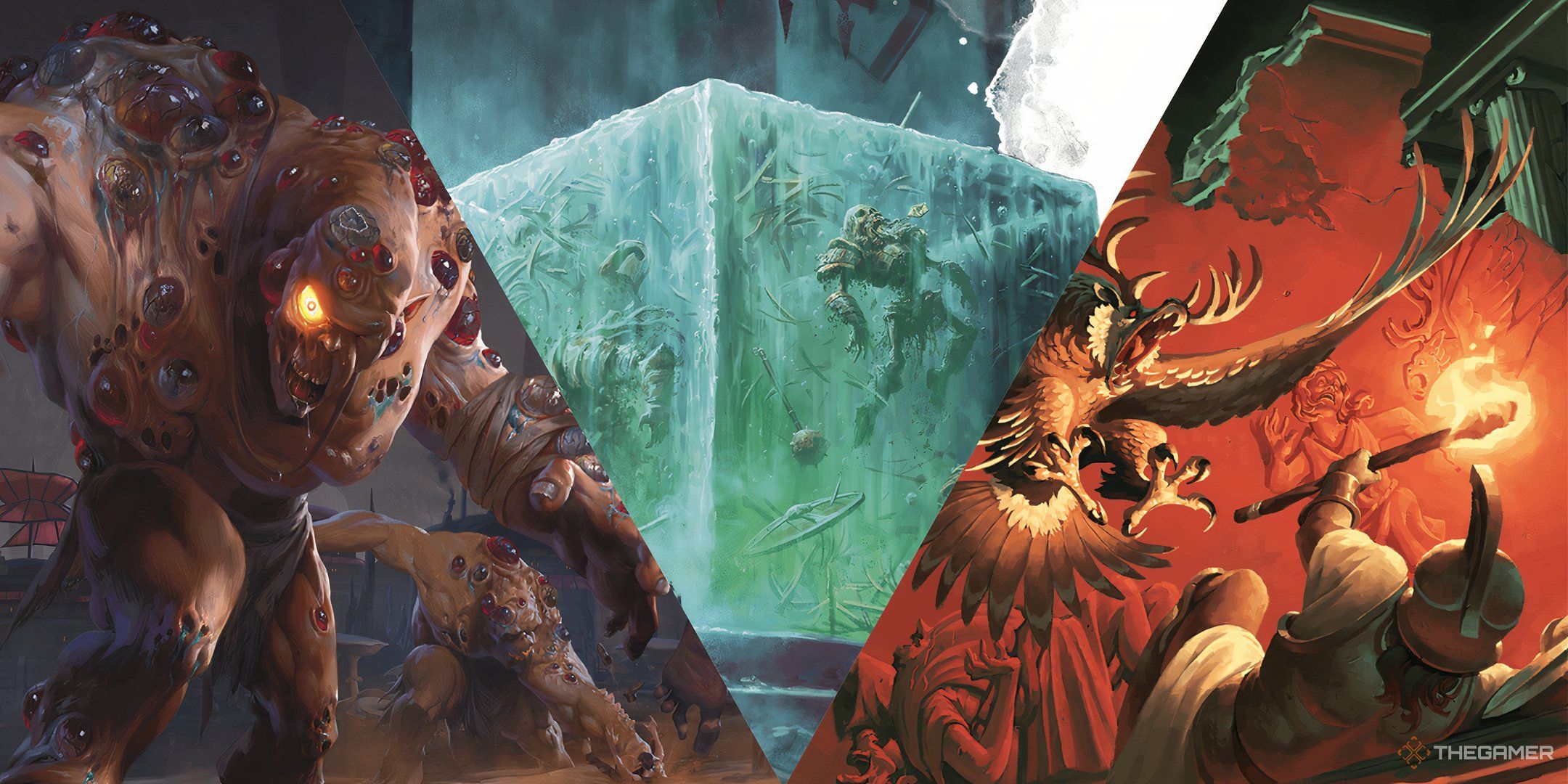
Related
Dungeons & Dragons: The 14 Best Monsters For A Cave
Here are the best monsters for a cave in Dungeons & Dragons.
So, how should you go about picking which monster type to use for your campaign? This list has you covered. We’ve ranked every single creature type in the 2025 Monster Manual so that you have what you need to build the best encounters.
14
Plants
|
Examples |
|---|
|
Blights, Fungi, Awakened Plants |
Plants can often prove to be a great low-level encounter for beginner Dungeons & Dragons parties. While there are some creatures in the 2025 Monster Manual like the Violet Fungus Necrohulk that are better suited for TPK-ing your entire party, most of the time, these creatures aren’t going to put up much of a fight.
The other reason these creatures are ranked so low on this list is because, truthfully, there’s not much variety in them. Most of the time, these creatures are going to largely resemble real-world plants that have sprung to life. Beyond that, there are not that many differences between various fungi and blights in terms of stats and abilities.
13
Beasts
|
Examples |
|---|
|
Badger, Giant Squid, Scorpion |
Similarly to plants, beasts are ranked relatively low on this list because they too often resemble real-world creatures. What’s the point of playing in a high-fantasy setting if you’re just going to fight a bunch of regular wolves?
While these creatures can be great for low-level encounters, typically, if you want something more complex, you’re going to have to look elsewhere. These creatures rank over plants only because they also include the giant category of creatures, and having your party fight against a giant scorpion can prove immensely fun.
12
Humanoids
|
Examples |
|---|
|
Bandits, Pirates, Mages |
Humanoids are largely comprised of NPC stat blocks and other enemies that you might see in high-fantasy settings. Much like plants and beasts, again, this creature category is largely made up of typical NPCs like guards or bandits.
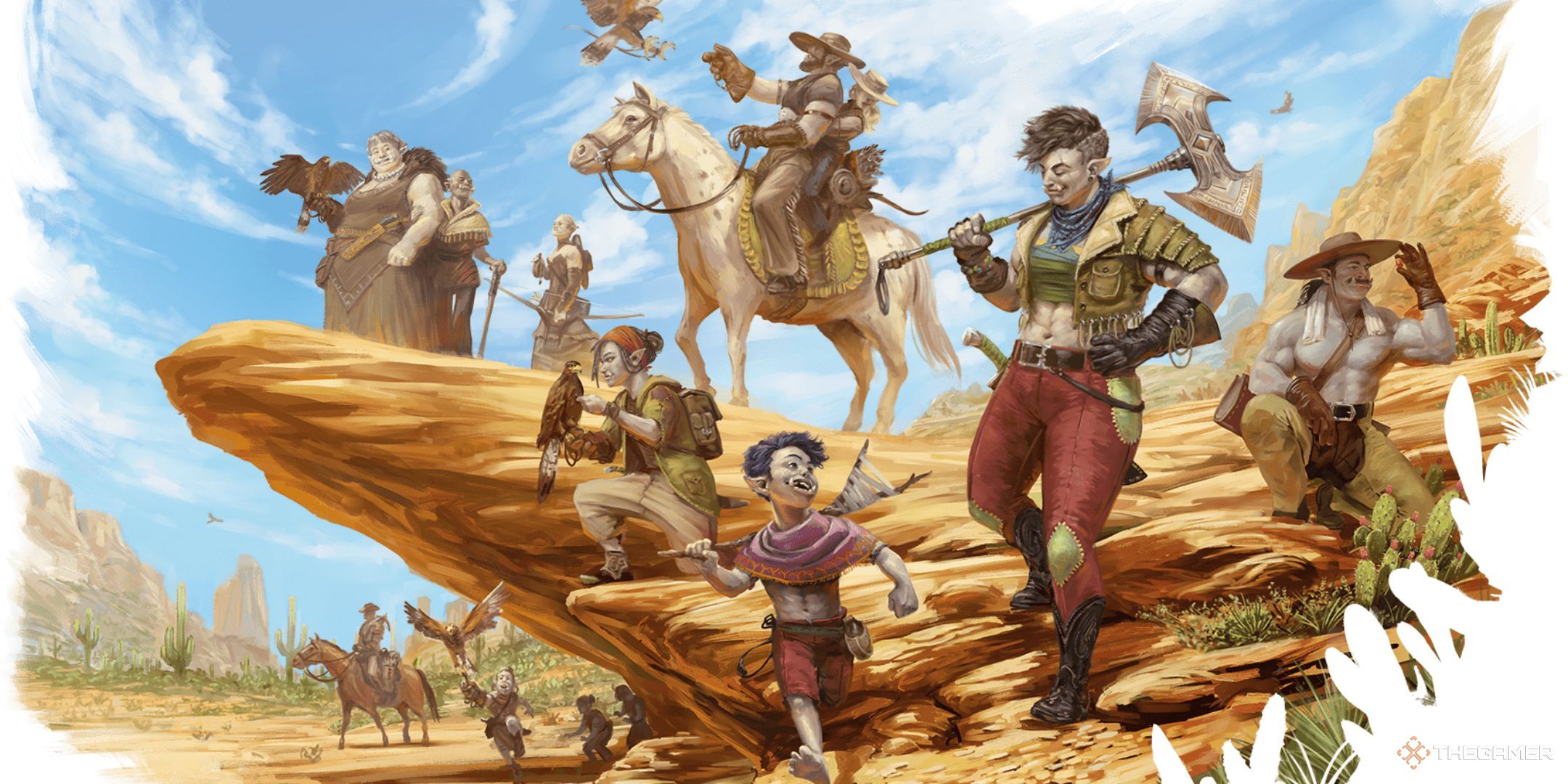
Related
Dungeons & Dragons: 14 Best Monsters For A Old Western Setting
Here are the best monsters for an old western setting in D&D!
However, there are a few creatures in this category that stand out. Mages, vampire familiars, and cultists can prove immensely fun, and can often make for great boss battles in lower-level campaigns. Minor points are docked from this category just for once again featuring too many NPCs that resemble real-world figures.
11
Oozes
|
Examples |
|---|
|
Blob of Annihilation, Gray Ooze, Gelatinous Cube |
Oozes can make for some fun encounters, but ultimately, this category is just too limited to rank higher. While creatures like the Blob of Annihilation are extremely powerful and can prove excellent for a complex combat encounter, other creatures like the Gray Ooze are a bit boring and one-note.
However, for low-level players, oozes are a great way to introduce newbies to the fantastical world of creatures at their disposal in Dungeons & Dragons. Plus, oozes typically have fun and unique absorption actions that can make combat fascinating.
10
Giants
|
Examples |
|---|
|
Cyclopes, Storm Giants, Trolls |
The giant category is where things start to get interesting in the 2025 Monster Manual. With many varieties of giants, as well as trolls and cyclopses at your disposal, these creatures are well-suited for a variety of encounters, both combat and roleplay-based.
What’s great about this category is that there’s pretty much a variety of giants for every level of play. Storm giants, for example, are great for high-level players, while hill giants are good for medium to low-level parties.
9
Constructs
|
Examples |
|---|
|
Animated Objects, Helmed Horror, Homunculi |
Constructs are unique creature types in Dungeons & Dragons that are typically characterized by being animated or brought to life by magic. For example, animated objects live in this category, and need to be magicked to life by some kind of spell.

Related
Dungeons & Dragons: 14 Best Monsters For A Desert
If your players are adventuring into a desert in DnD, here are some fearsome desert monsters for them to encounter.
This category once again has a great deal of variety for different types of adventuring parties. Plus, depending on your party composition, players can even have constructs of their own at their disposal, like homunculi.
8
Elementals
|
Examples |
|---|
|
Gargoyle, Mpehits, Fire Elementals |
Elementals lose some points for all being somewhat similar to each other, but the abilities and skills these creatures have more than makeup for their lack of variety. Plus, beyond just your typical water, air, fire, and earth elementals, there are some real dastardly creatures in this mix.
For example, take the invisible stalker, which can hunt prey without being seen. Include a creature like an invisible stalker in your next horror campaign to give your players a real scare.
7
Monstrosities
|
Examples |
|---|
|
Yeti, Werewolf, Mimic |
Monstrosities are home to some of the most classic creature types in Dungeon & Dragons, earning this category our respect on this list. For featuring the mimic alone, this category should be rewarded. Monstrosities are often characterized by classic fantasy creatures like werewolves, minotaurs, and more.
What’s great about this category is that it comprises just enough classic monsters with unique and D&D-specific creatures to prove unique and stand out. Plus, monsters like hook horrors can make for highly challenging combat encounters.
6
Undead
|
Examples |
|---|
|
Zombie, Mummy, Dracolich |
Undead has some of the most fun creatures on offer for Dungeon Masters to use. After all, who doesn’t want to send a swarm of skeletons after their party while they’re traipsing through a cemetery?

Related
Dungeons & Dragons: 10 Tips For Running Giants
Between six different types of giants, there’s a lot you need to know to run giants in Dungeons & Dragons.
These creatures are, of course, perfect for a horror campaign, but ultimately, they’re somewhat limited in terms of tone. After all, placing a vampire in a random dungeon doesn’t always feel that organic. You’ll want to use these creatures specifically and contextually, knowing that they won’t always be suited for every encounter.
5
Fiends
|
Examples |
|---|
|
Hags, Rakshasa, Cambion |
The fiend category is full of some of the best nightmare fuel you’ll ever find in a Dungeons & Dragons campaign. This category has a wide range of highly challenging monsters, as well as some lower-level ones better suited for beginners.
However, what makes this category really special is that it has so many creatures that are tailor-made for climactic boss battles. A Glabrezu or a Night Hag can make for a formidable foe, one that’s sure to live on in the nightmares of your party for some time.
4
Fey
|
Examples |
|---|
|
Satyr, Green Hag, Dryad |
Fey creatures are well-suited for a variety of combat encounters, but what makes this category of creature really stand out is how perfect these creatures are for roleplay. Sure, you can use a swarm of goblins for a low-level combat encounter, but why not use a satyr for a fun roleplay encounter instead?
The only downside to fey is, of course, that they’re typically only found in the Feywild. While there’s no reason you can’t bring these creatures into your campaign no matter where you are, it’s usually better if your party is adventuring through the Feywild before you bust these creatures out.
3
Celestials
|
Examples |
|---|
|
Sphinx, Pegasus, Deva |
Celestials are a rather limited group of creatures, but they rank highly on this list thanks to their uniqueness and singularity. These creatures are typically found in the Astral Sea but are well-suited for both combat and roleplay encounters, making them highly versatile.
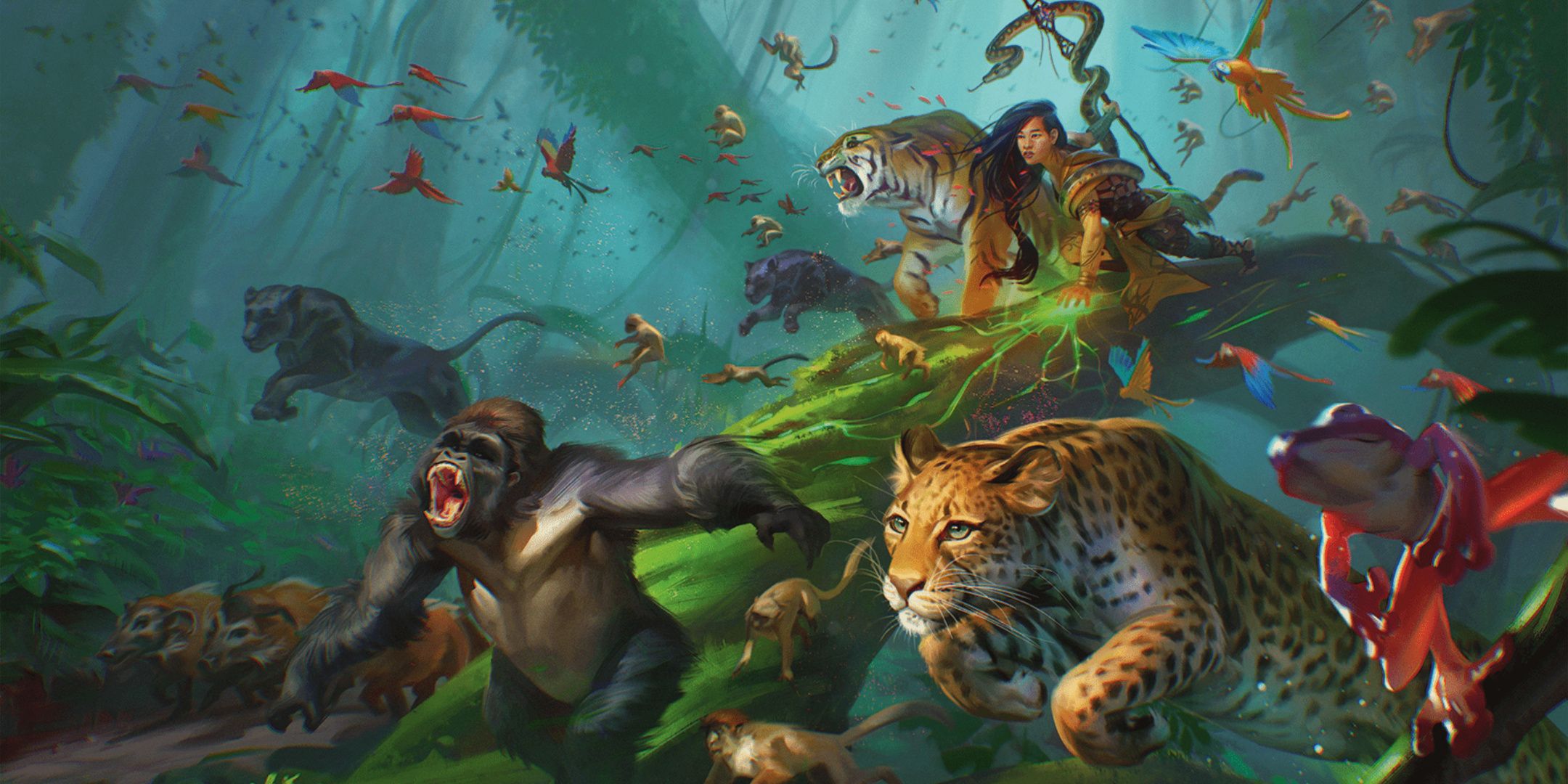
Related
Dungeons & Dragons: Best Monsters For A Jungle
Ready to hack-and-slash your way through a dense jungle? Watch out for these ferocious ungle-based monsters in DND.
For example, you can use a sphinx to challenge your party to a series of riddles, or you can use a planetar for a highly memorable boss battle that even the most expert players will have difficulty contending with.
2
Aberrations
|
Examples |
|---|
|
Beholder, Mind Flayer, Aboleth |
Aberrations eke out the penultimate slot on this list thanks to two very specific creatures that this category hosts: beholders and mind flayers. These creatures are so iconic to Dungeons & Dragons, that we’d be remiss not to rank them so highly. Beyond these creatures, this category also features some very interesting monsters for your party to fight.
Slaadi are highly engaging, and come in many varieties, meaning they’re suited for many different level parties. You can also use interesting creatures like kuo-toa, who worship profane deities of their own making in strange and cruel ways for interesting roleplay encounters.
1
Dragons
|
Examples |
|---|
|
Wyverns, Dragons, Kobolds |
Saving the best for last, dragons take the top spot on this list for best creature type in the 2025 Monster Manual. Sure, perhaps these creatures don’t have all that much variety, but for lending their name to the game itself, they have to take home the top prize.
Dragons are the perfect D&D creature thanks to the fact that they are great for roleplay and combat in equal ways. They serve as fantastic antagonists for longer-running campaigns or can be a perfect one-off boss battle. Whatever your needs, dragons have you covered in D&D.
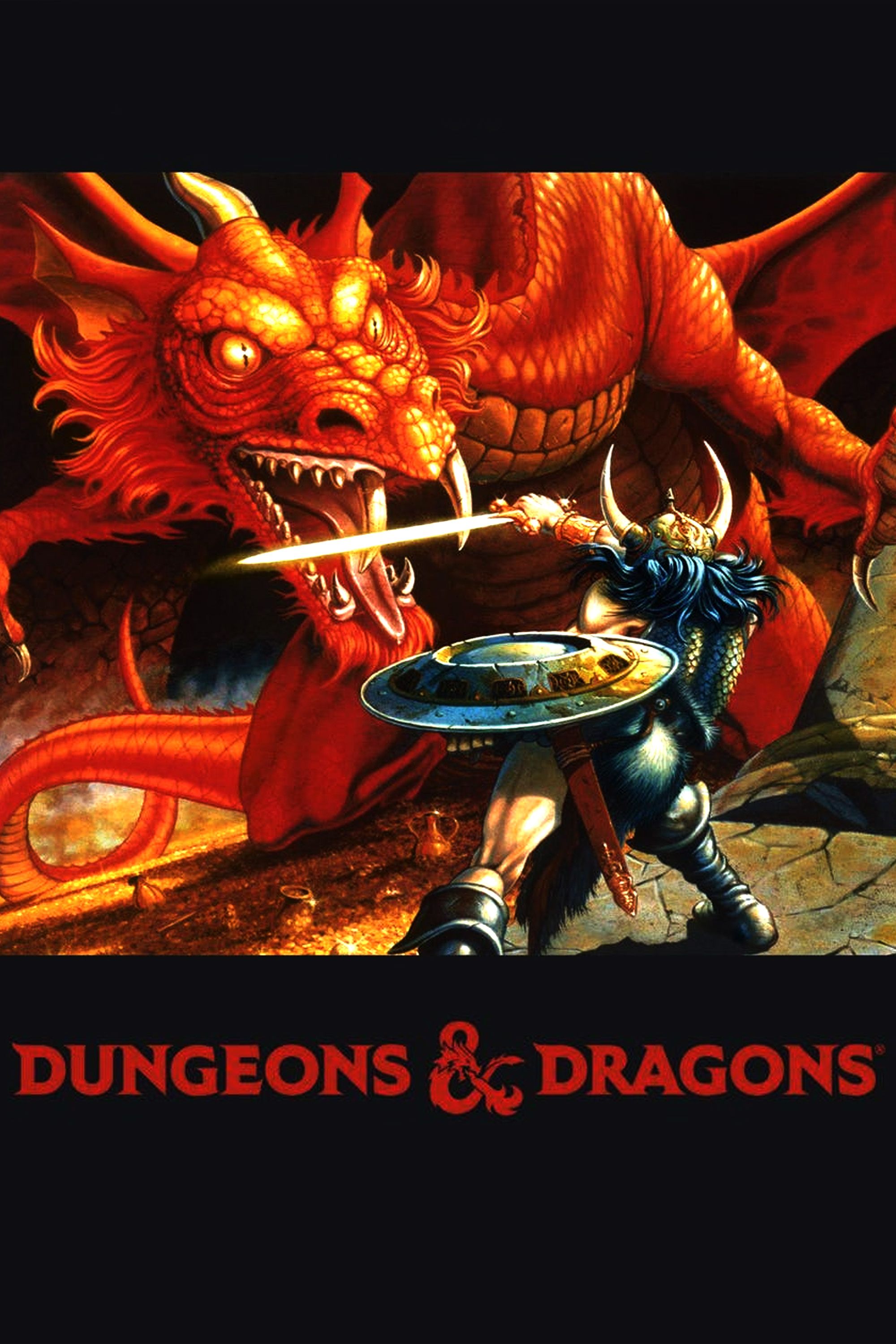
- Original Release Date
-
1974
- Designer
-
E. Gary Gygax, Dave Arneson
- Player Count
-
2+
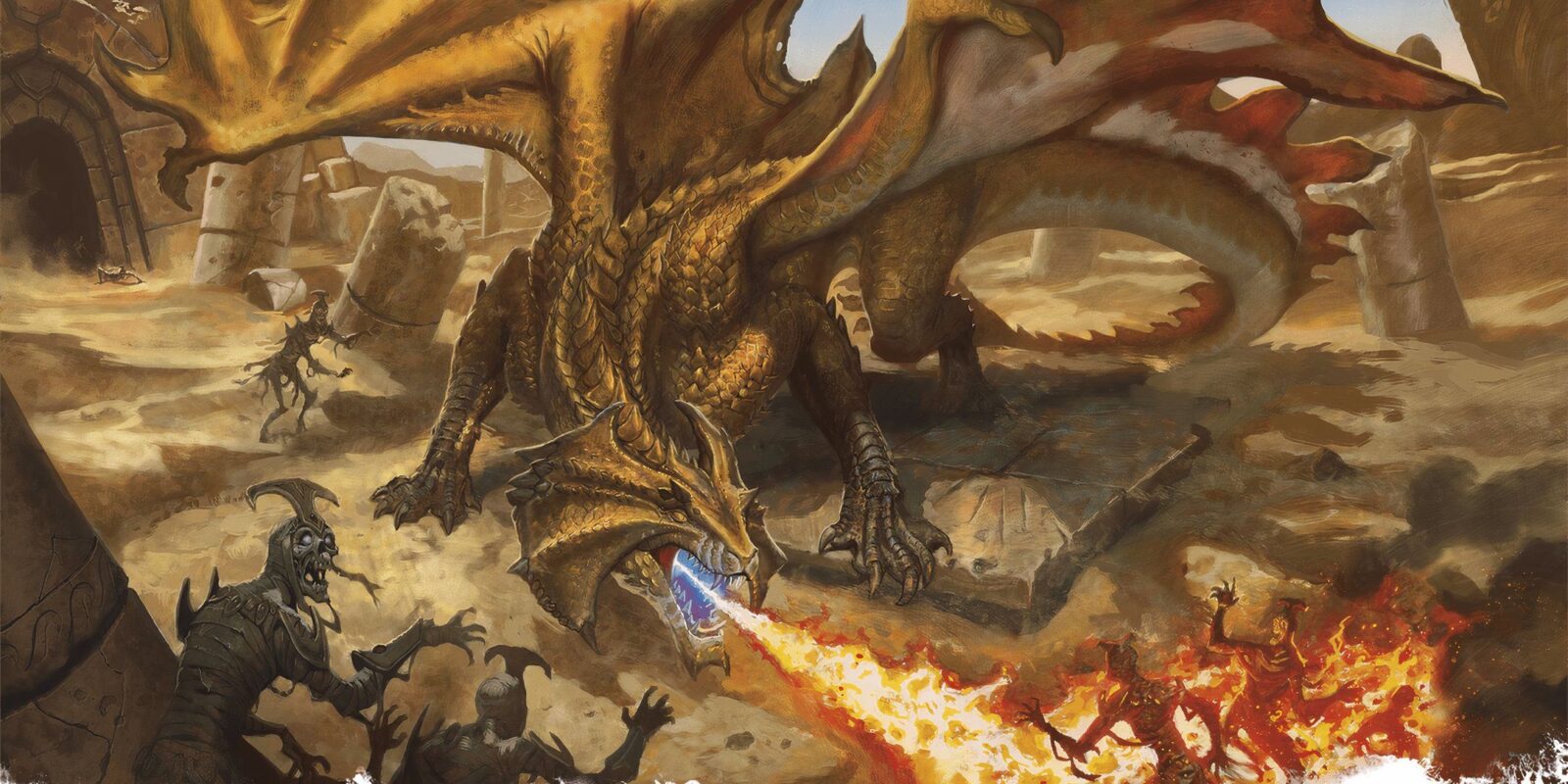
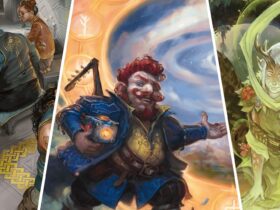
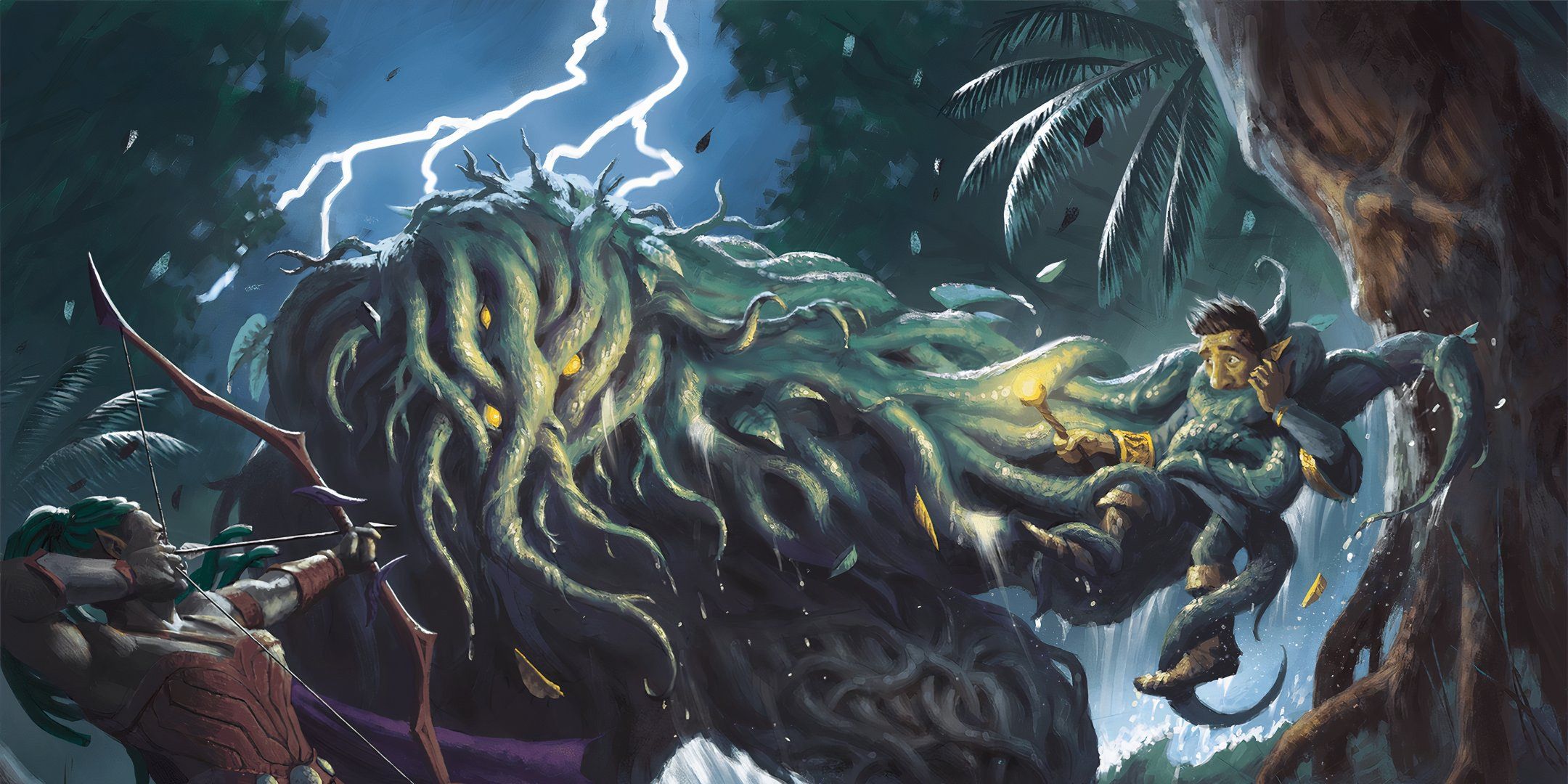
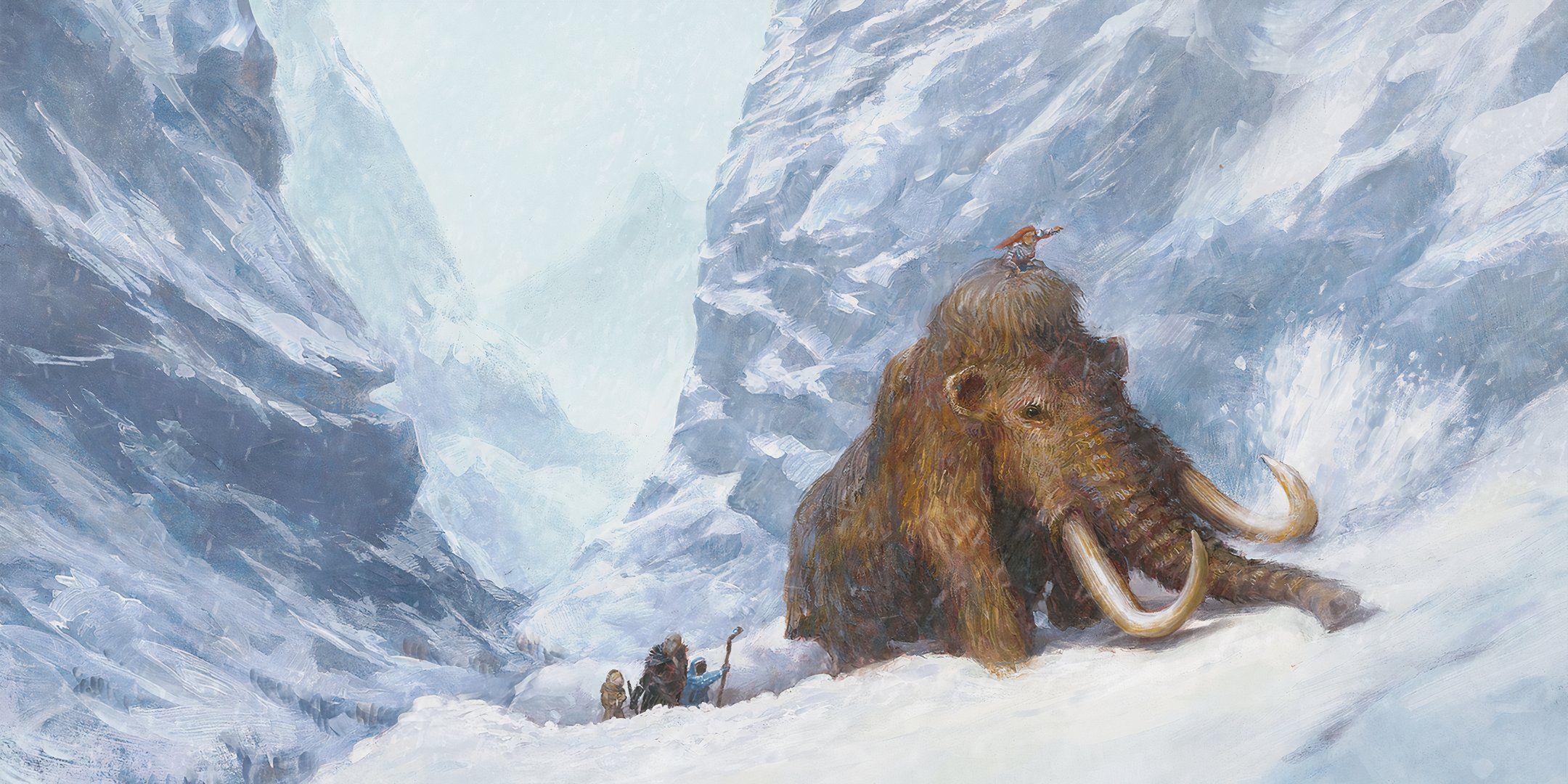
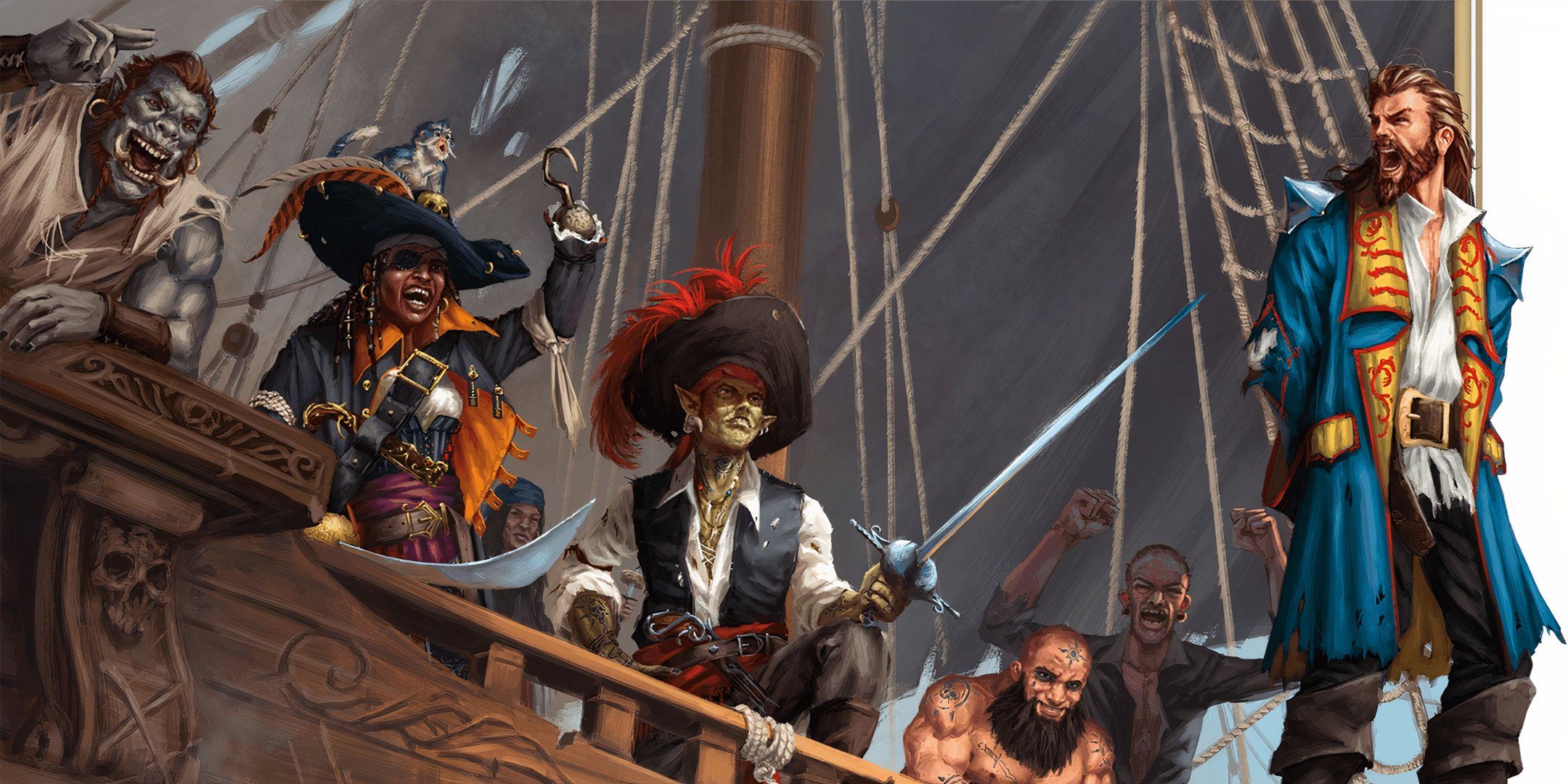
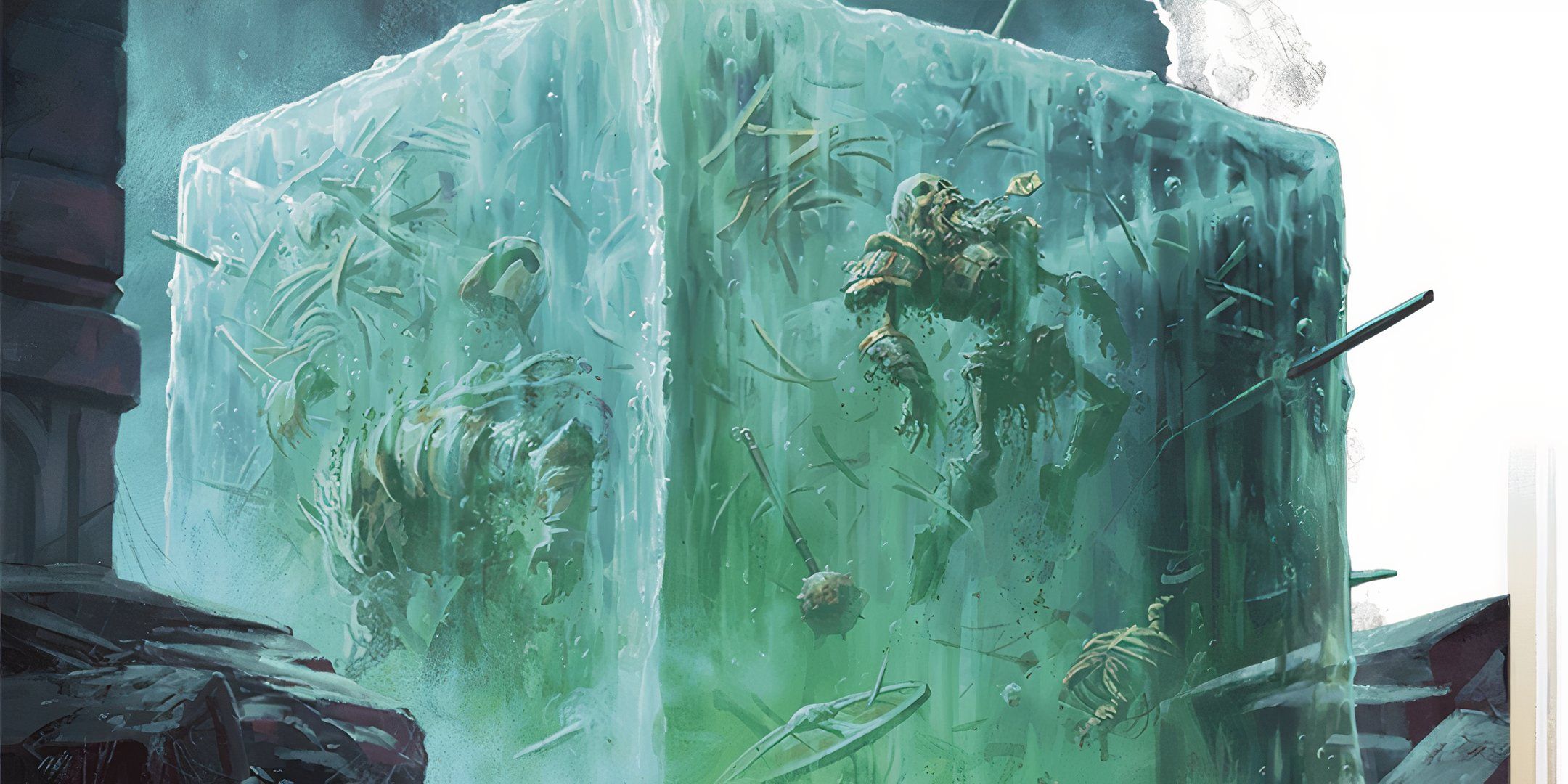
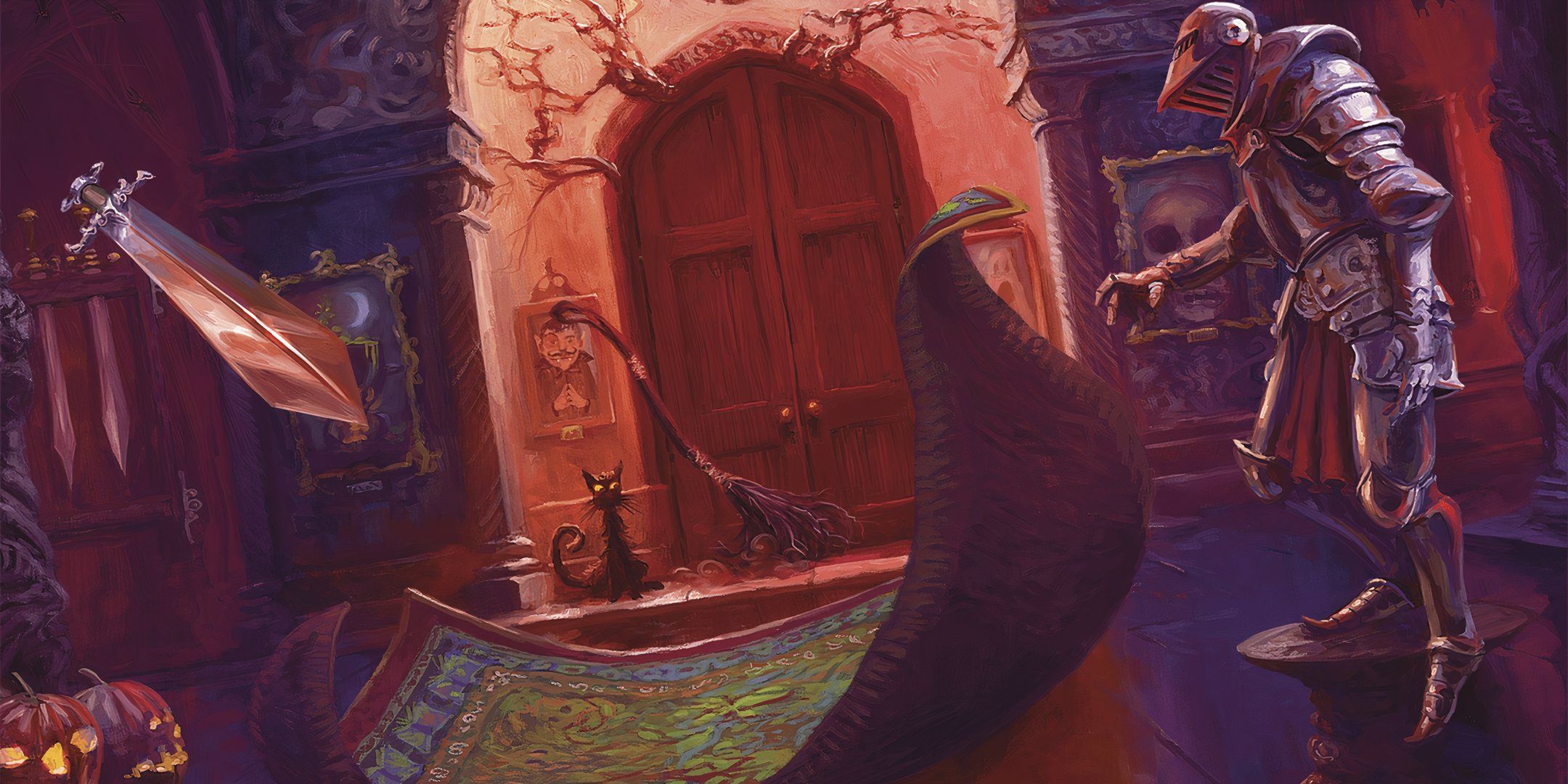
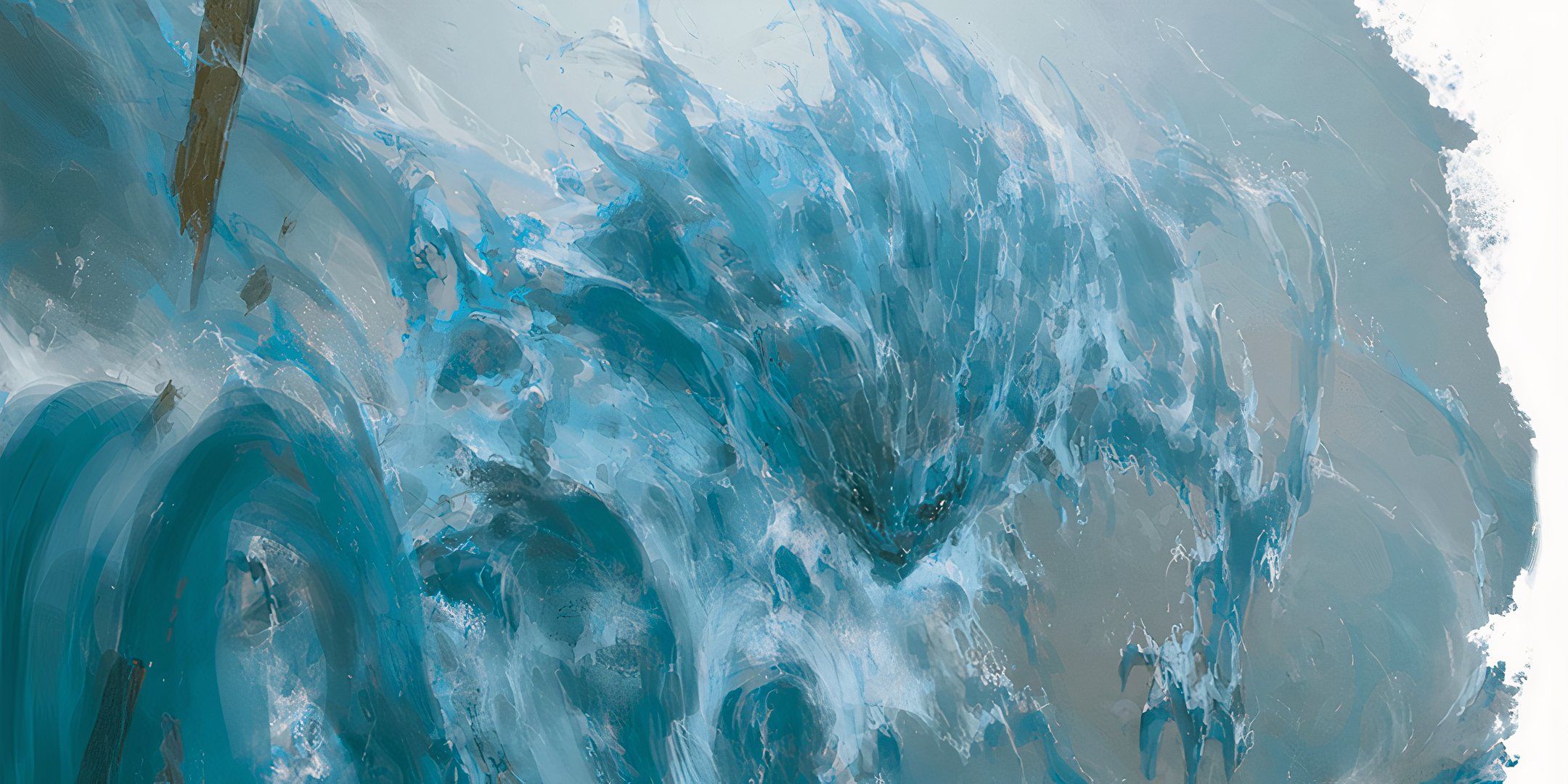

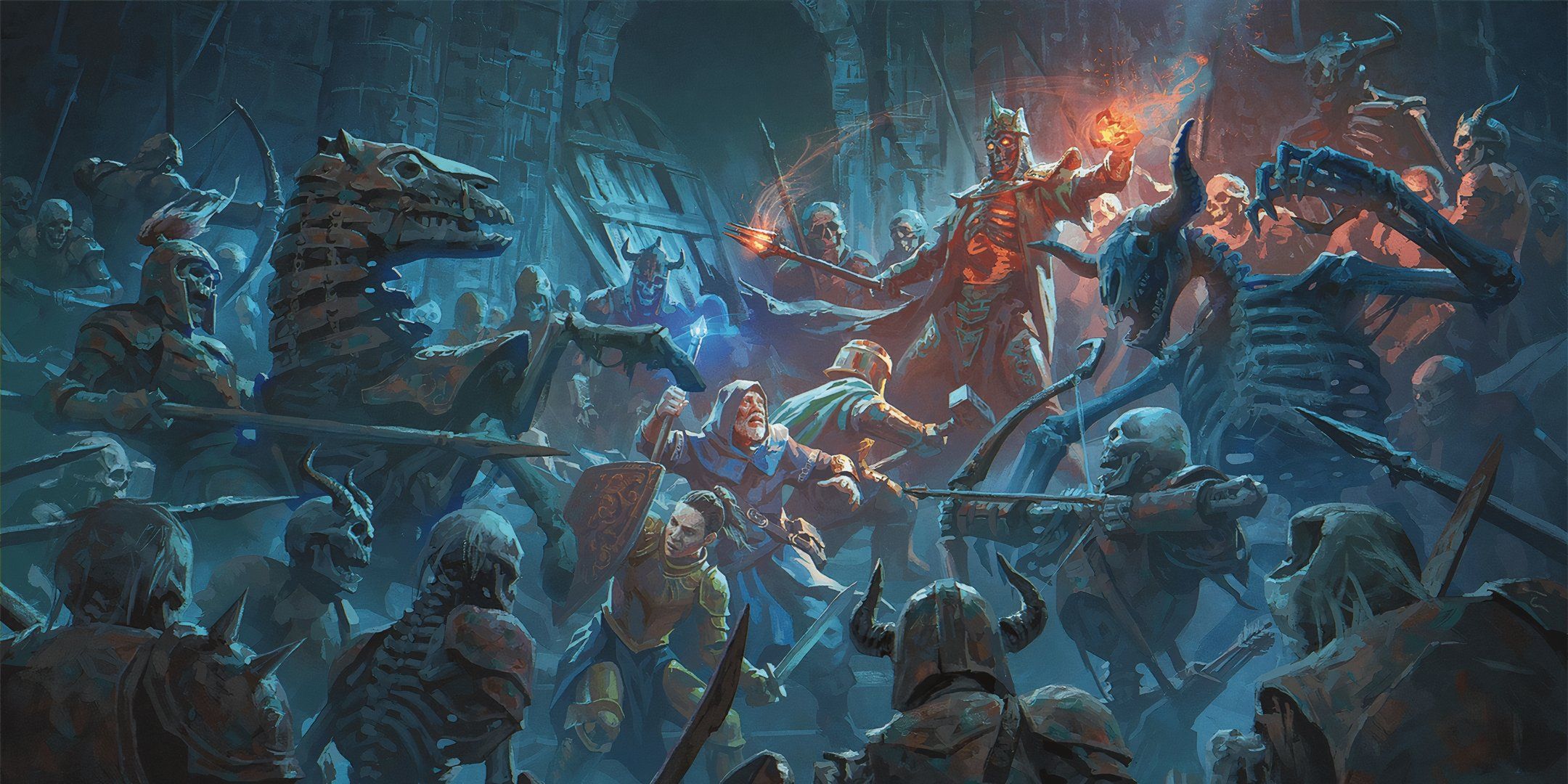
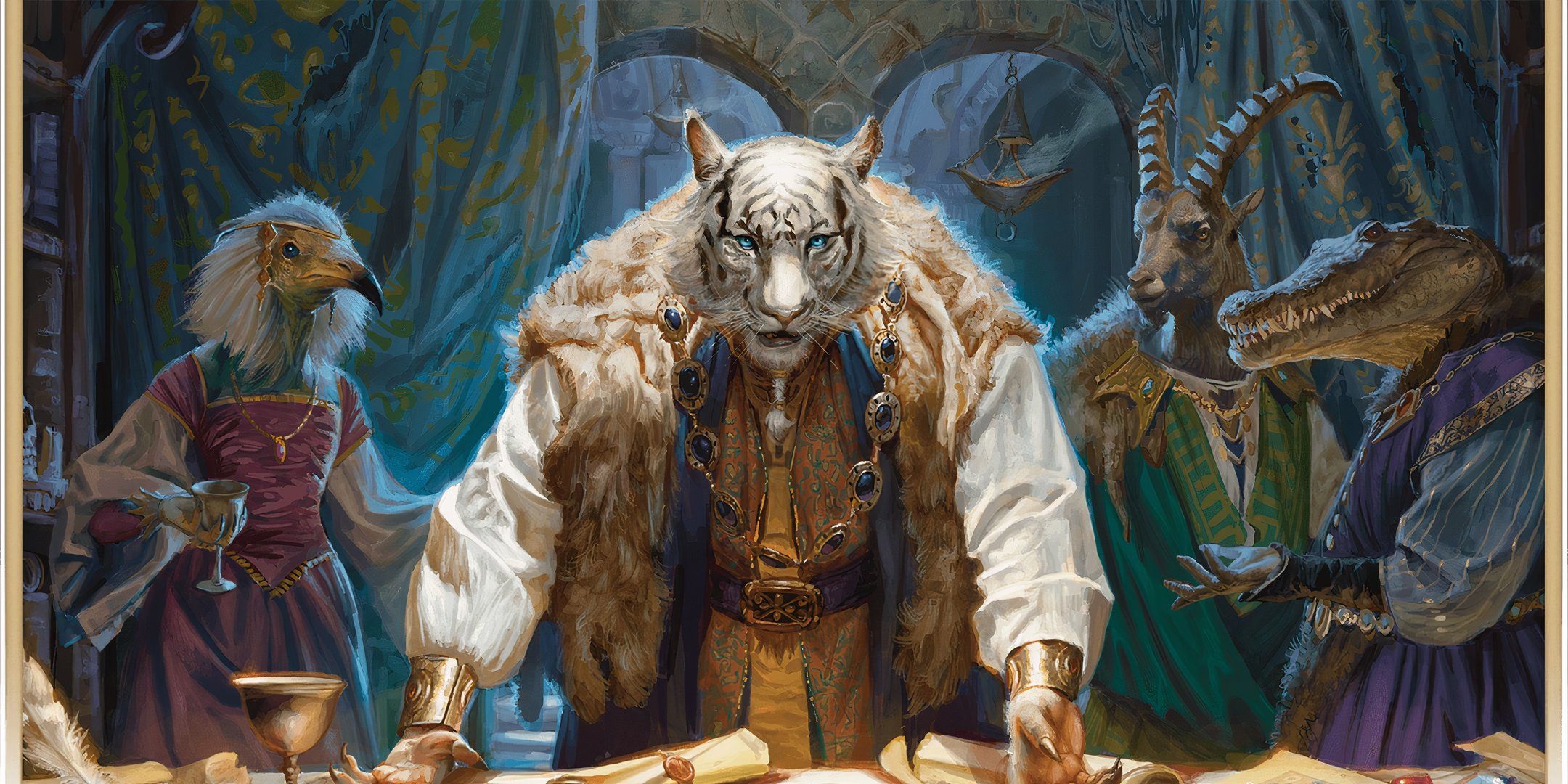
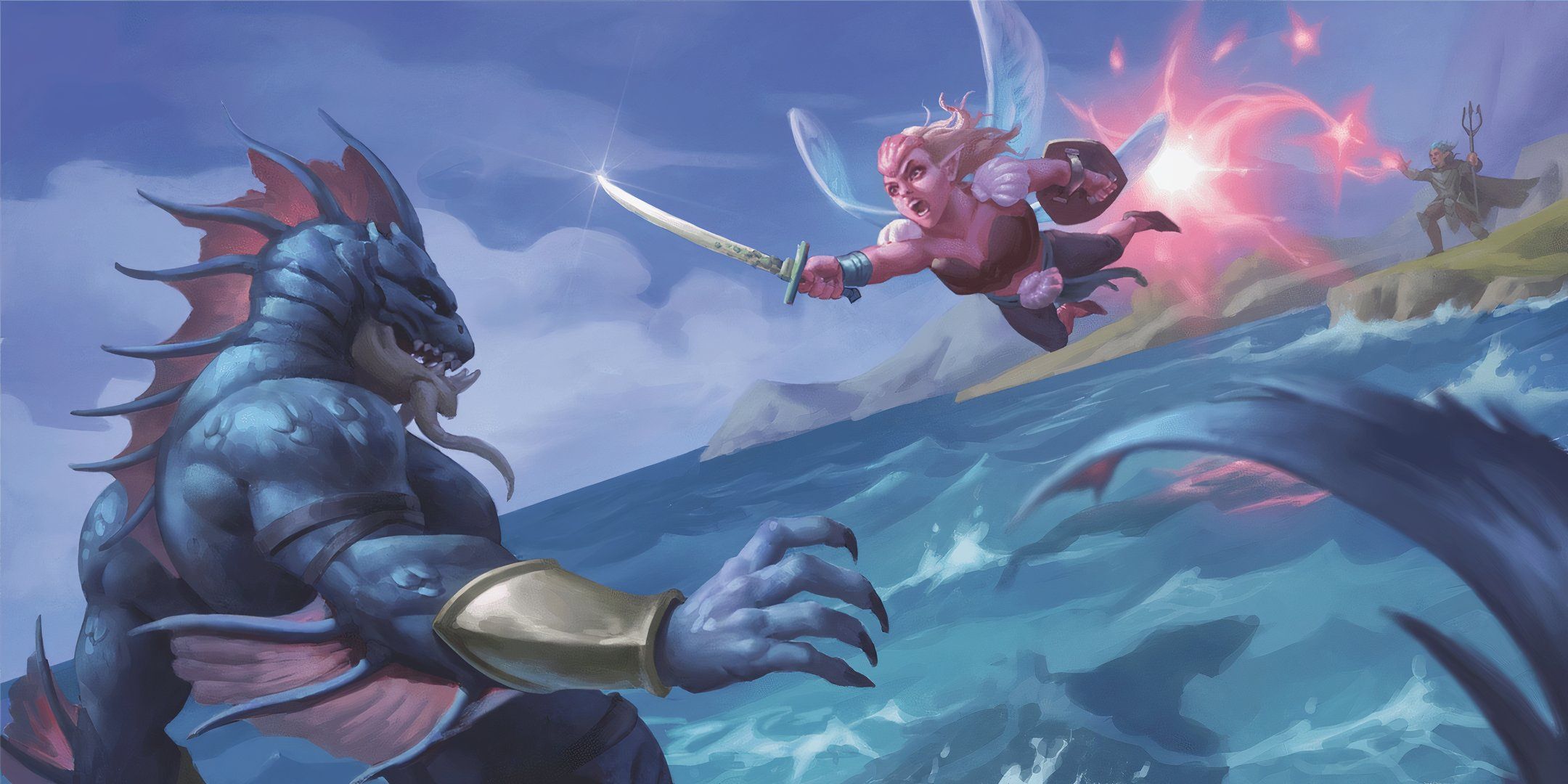

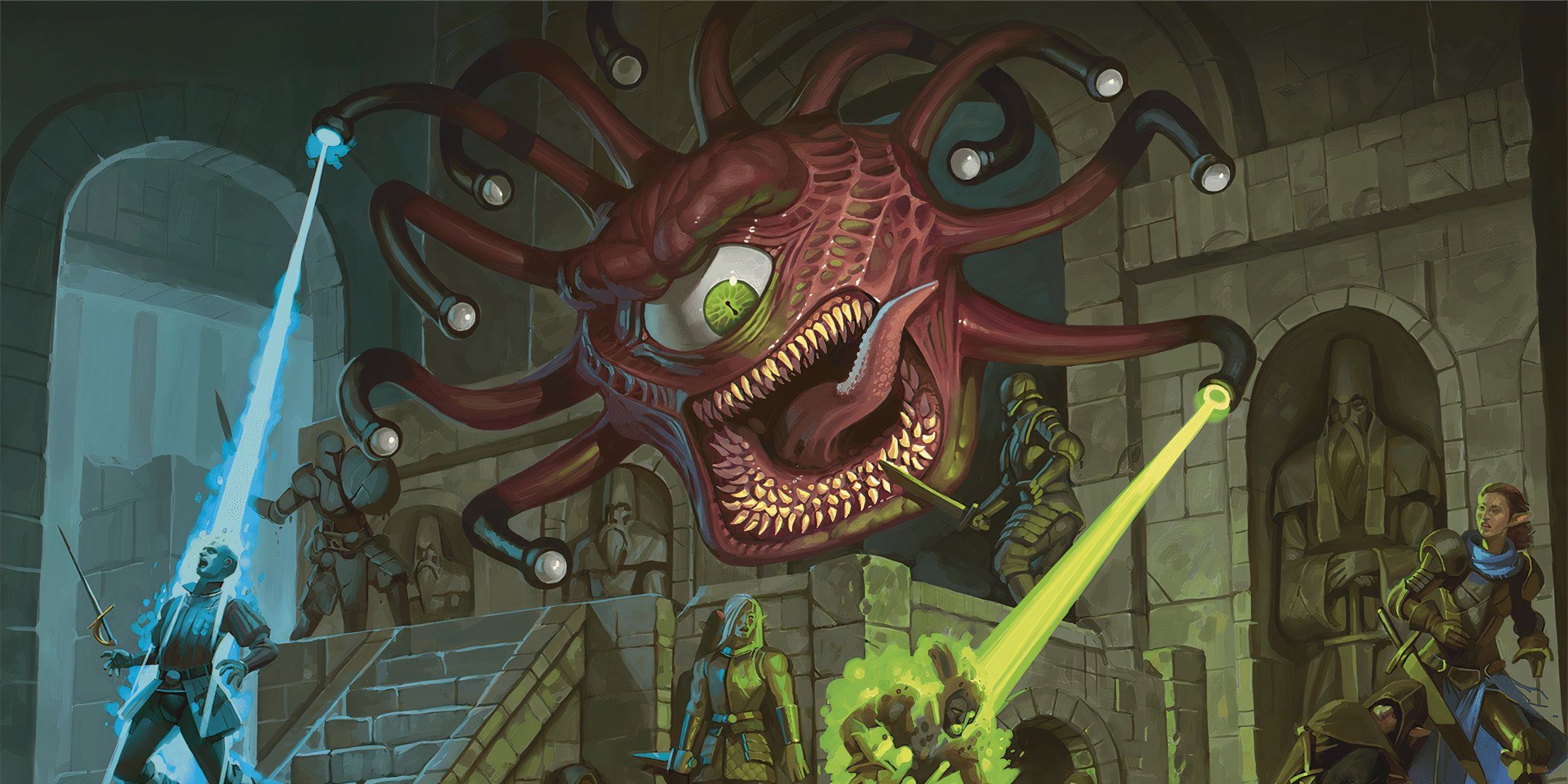
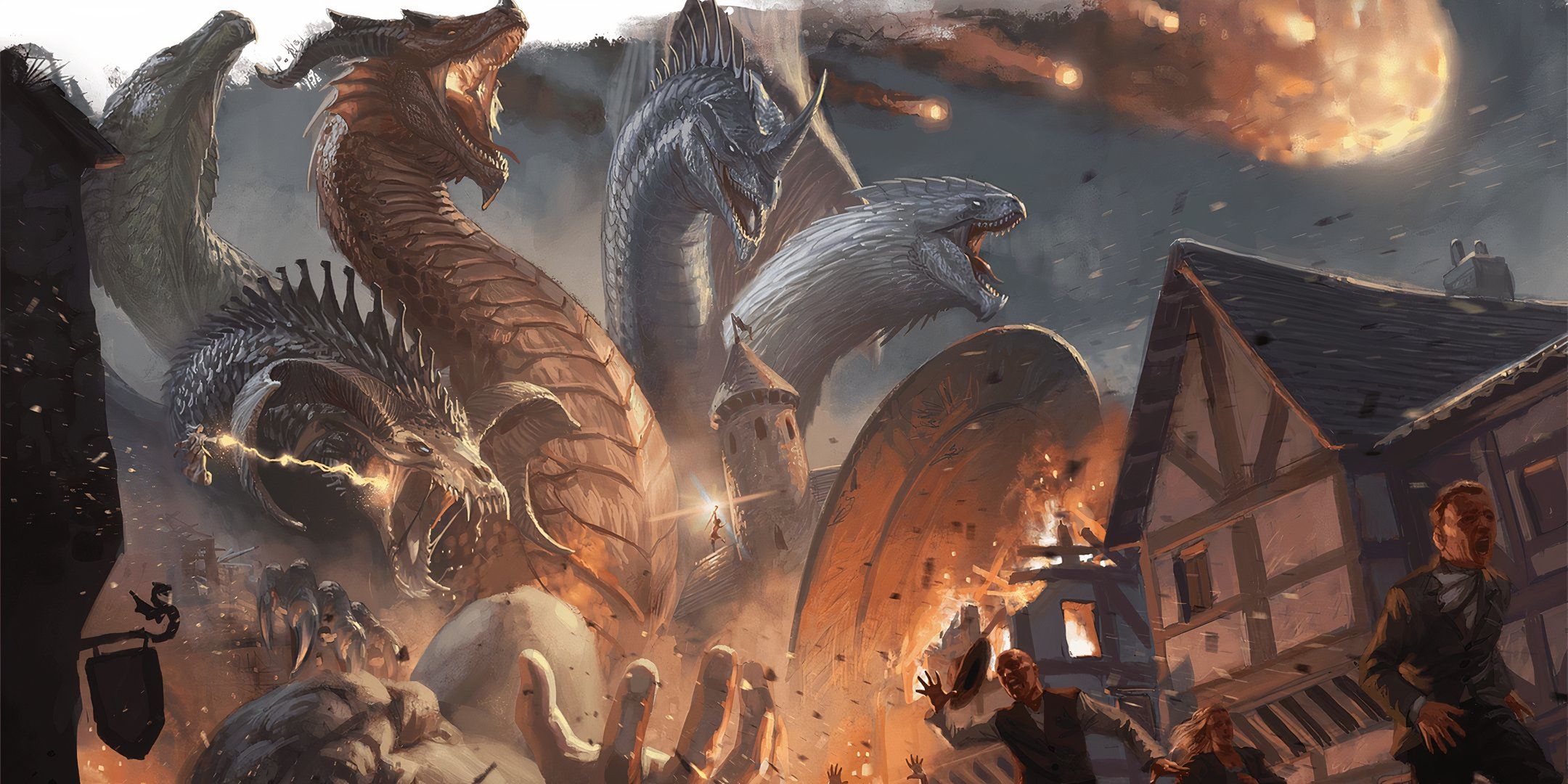

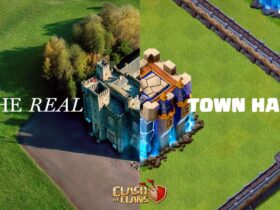
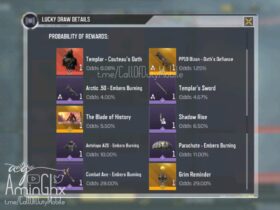

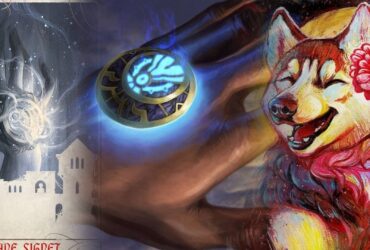
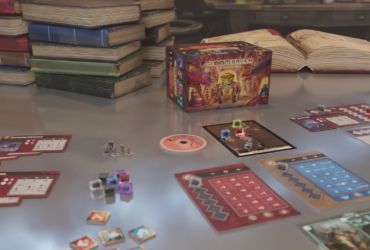
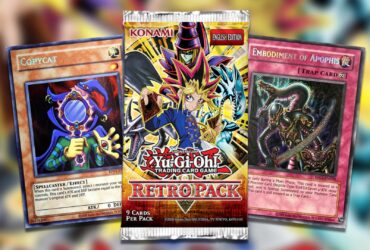
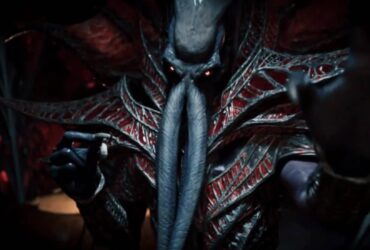

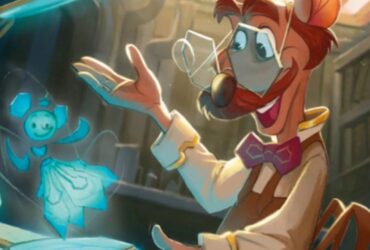
Leave a Reply